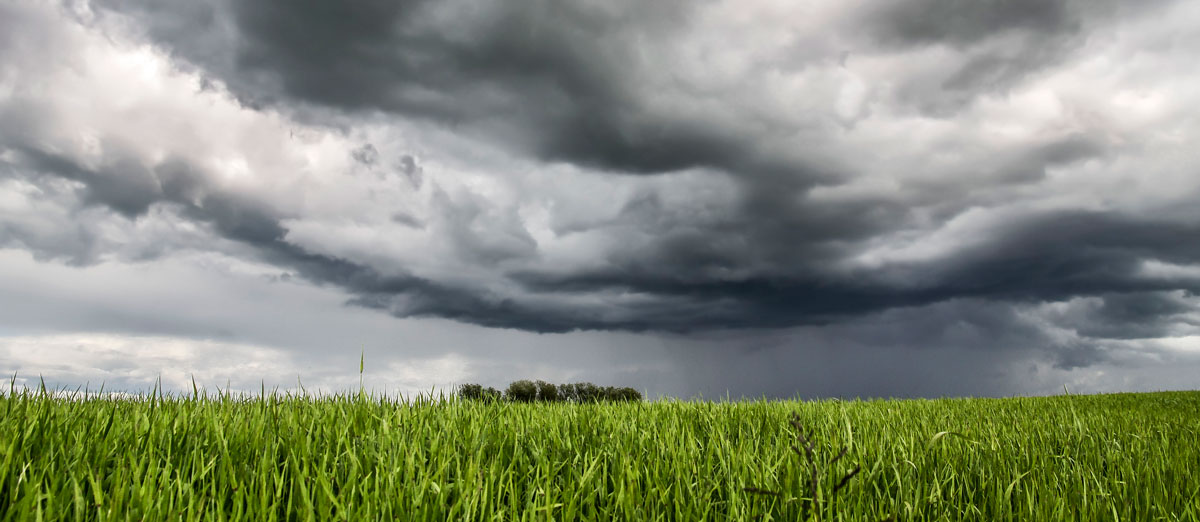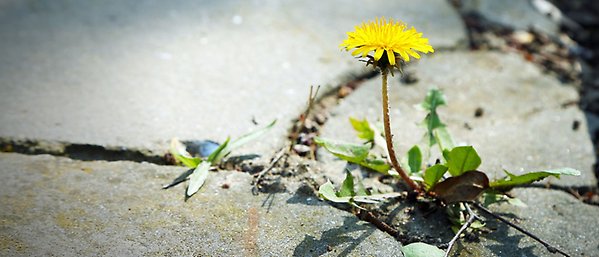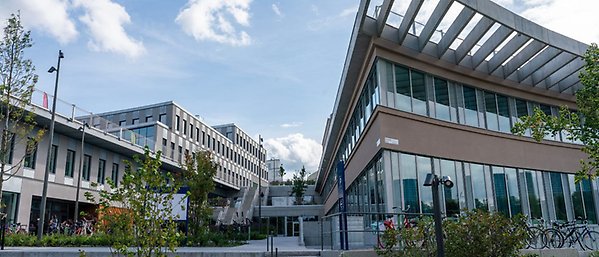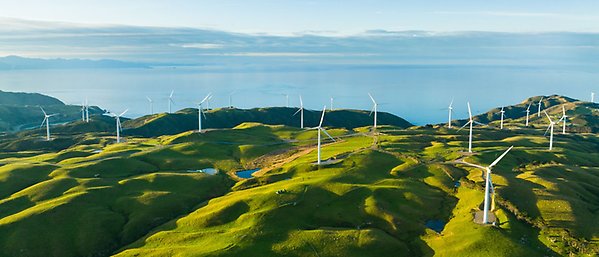Forestation and climate change
More rain, fewer droughts — rainfall effects from targeted forestation can reduce climate change
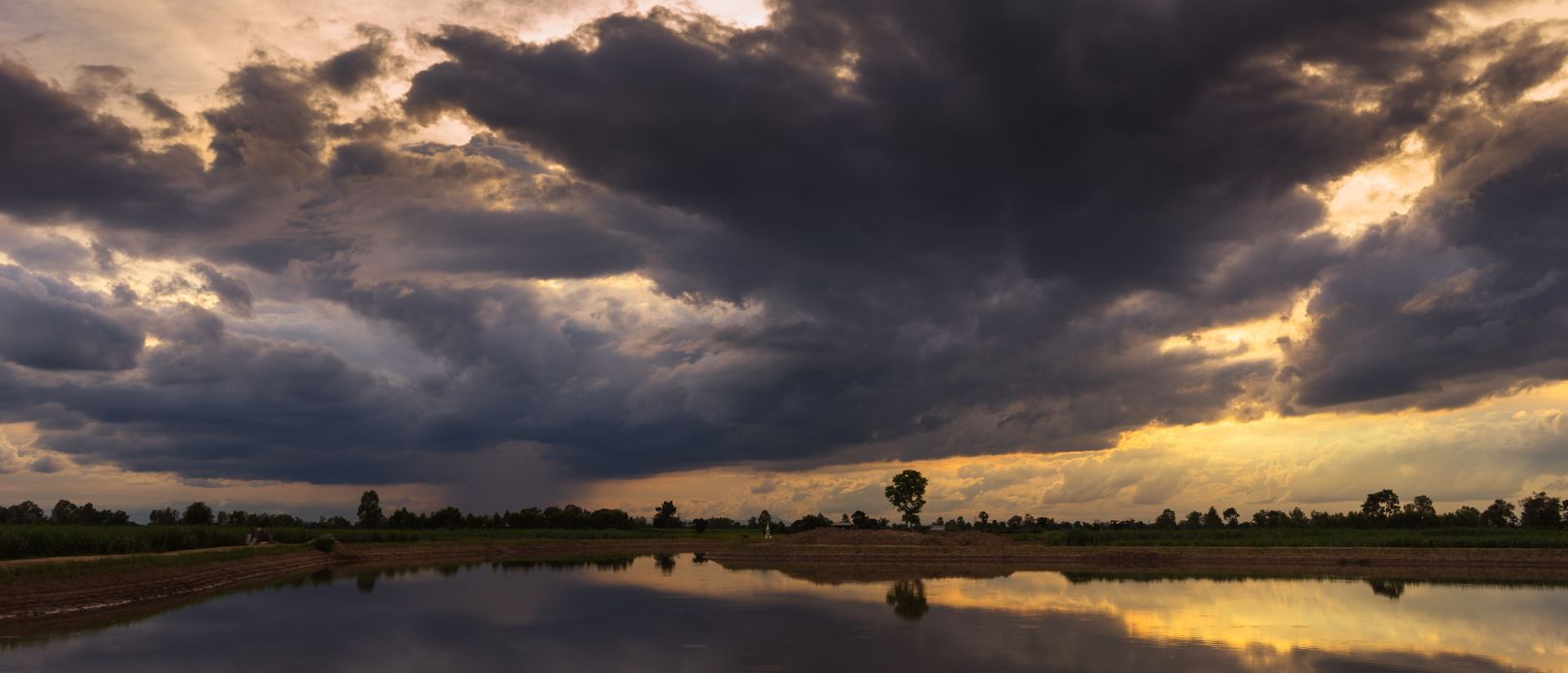
Forestation enhances evapotranspiration which in turn increases the moisture in the atmosphere. Photo: mannet via Flickr.
By prioritizing targeted increases in rainfall, forestation programs may not only mitigate global climate change itself but also reduce its concrete negative effects such as droughts, new study finds
- Forestation could be used to reduce climate change-induced drying over downwind regions that need water
- Forestation can promote rainfall by enhancing evapotranspiration which in turn increases the moisture in the atmosphere
- But massive increases in forest growth should not come at the expense of native well-functioning ecosystems
Climate change is creating or intensifying droughts across the globe. But targeted ecosystem restoration can be an effective countermeasure through planting trees that generate rainfall regionally, argue researchers from Utrecht University, Potsdam Institute for Climate Impact Research and Stockholm Resilience Centre in an opinion article in Global Change Biology.
The researchers describe how forestation can promote rainfall by enhancing evapotranspiration which in turn increases the moisture in the atmosphere. An idea which they call “targeted rainfall enhancement”.
“Models provide evidence that targeted rainfall enhancement through forestation would be beneficial in some cases,” says lead author Arie Staal, an assistant professor at the Copernicus Institute of Sustainable Development.
Centre researcher Lan Wang-Erlandsson, one of the co-authors adds: “If done wisely, forestation could be used to reduce climate change-induced drying over downwind regions that need water.”
Potential application in drying regions
Focus areas for forestation with targeted rainfall enhancement could be the southern Amazon, Mexico, eastern China, and Mediterranean Europe — as these regions are projected to become drier due to global climate change.
Regardless of their positive rainfall enhancement effects, massive increases in forest growth should not come at the expense of native well-functioning ecosystems such as natural grasslands nor should they endanger local water resources, the authors of the study stress.
In the article, they also discuss whether targeted rainfall enhancement could be seen as a form of geoengineering. While there is no conclusive answer to this, they recommend that ethical considerations should be taken:
“Redistributions of biomass and hydroclimatic conditions are prone to have both winners and losers, and ensuring justice can be necessary for gaining social and political acceptance”, the authors write.
Staal, A., Theeuwen, J.J.E., Wang-Erlandsson, L., Wunderling, N. & Dekker, S.C. 2024. Targeted rainfall enhancement as an objective of forestation. Global Change Biology, 30(1), e17096
DOI: 10.1111/gcb.17096
.jpg)
